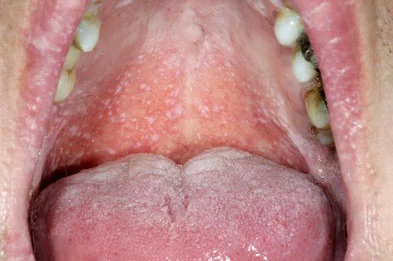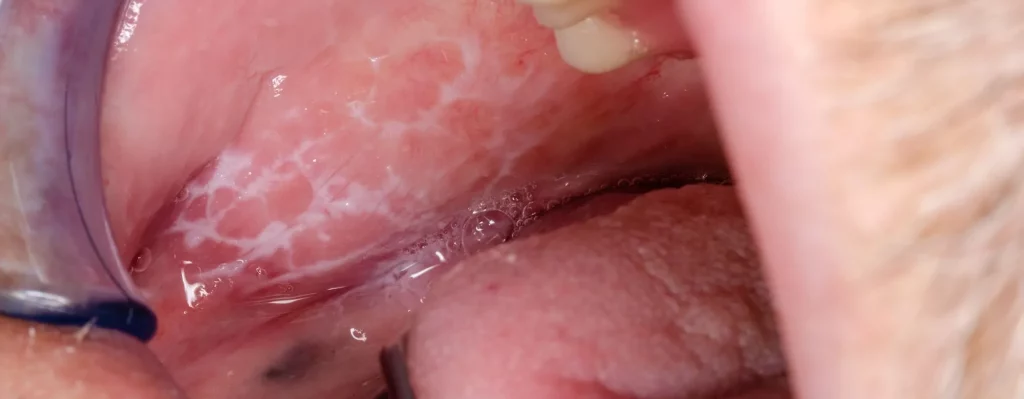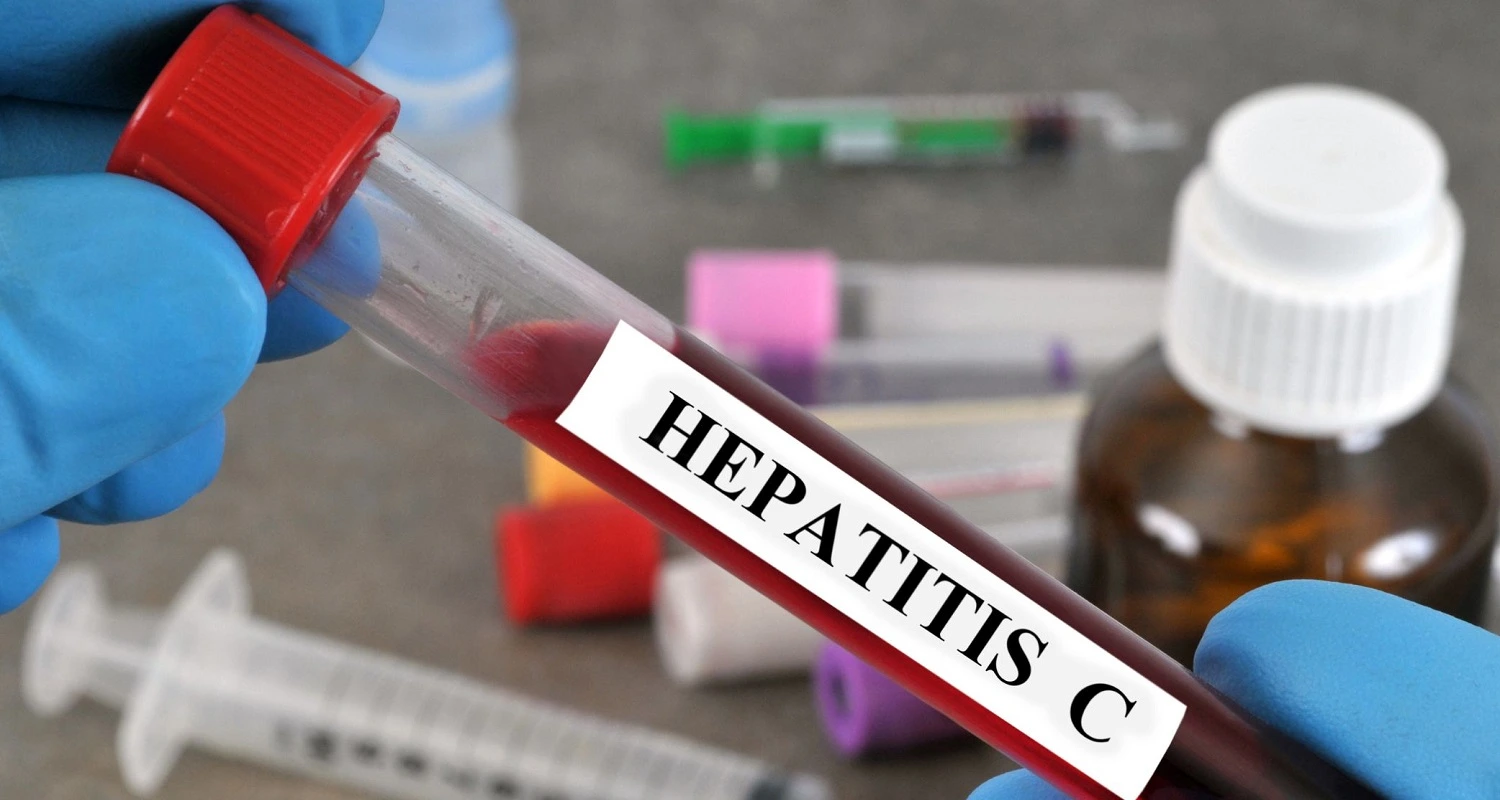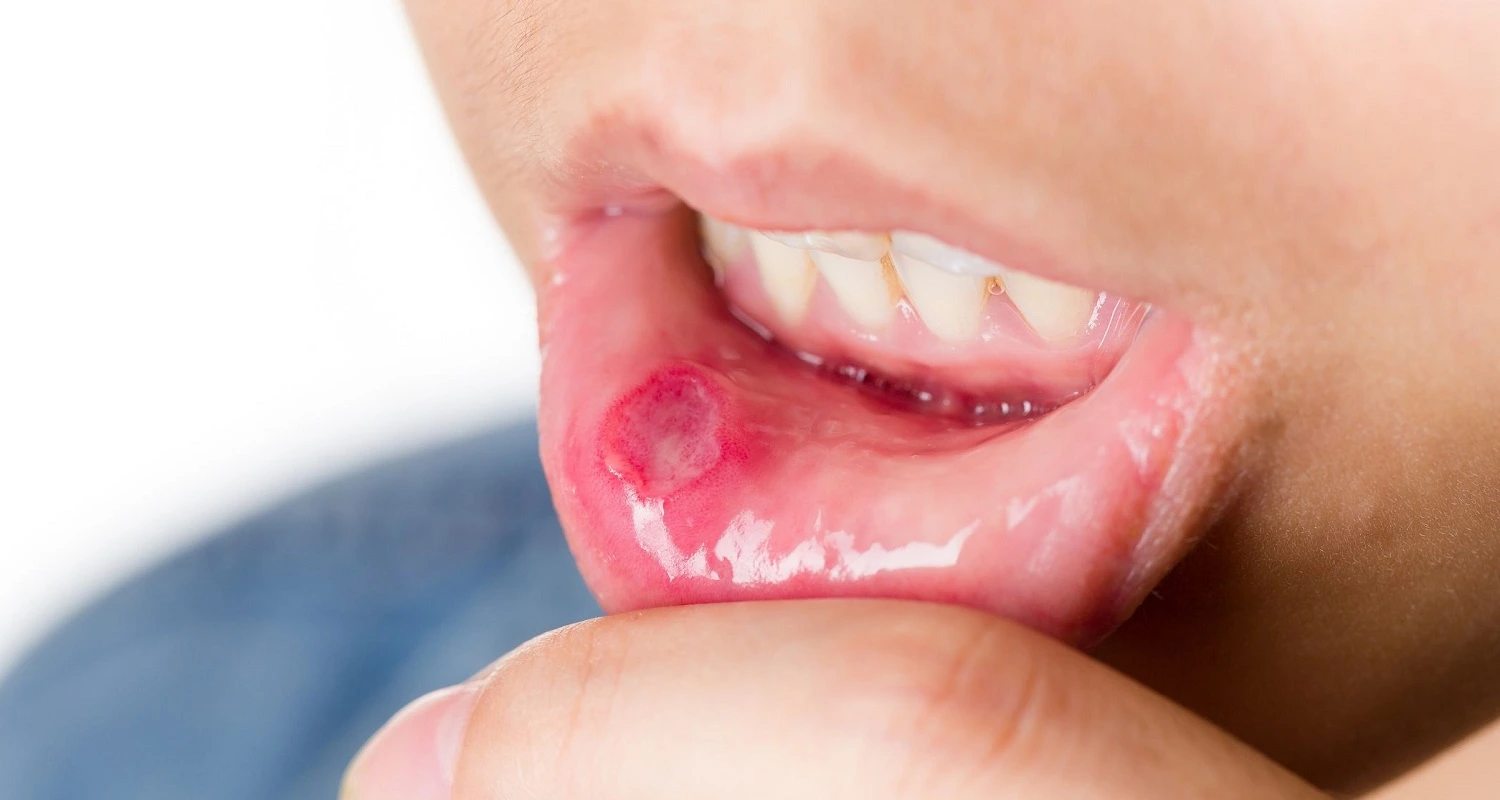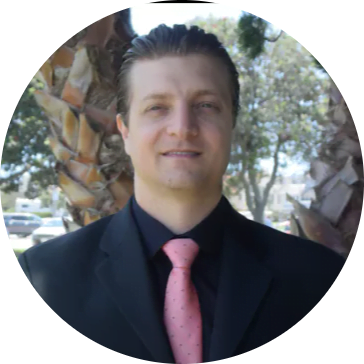Last Updated on: 27th December 2025, 06:19 am
Oral lichen planus is an idiopathic autoimmune disease. Lichen planus, in general, is an inflammation that affects different parts of the body. This disease can cause inflammation (swelling and irritation) on the skin and mucous membranes. It has an unknown origin and generates skin eruptions, affecting the hands, legs, arms, back, scalp, nails, genital area, and the inside of the mouth.
Lichen planus on the skin causes itching accompanied by a rash while in the mouth, it can cause burning or pain. We will explain these and other associated symptoms, as well as some questions that arise if they present.
What is Lichen Planus?
Lichen planus is a chronic, inflammatory, autoimmune disease that presents as rashes, rashes, or plaques, sometimes violet in color, accompanied by itching or pain. It affects various parts of the body such as:
• Arms, legs, and trunk
• Mouth (oral lichen planus)
• Nails and scalp
• Genital mucosa (penis, vagina and vulva)
Sometimes, it is more acute on the wrists and flexors of the arms and legs. Lichen planus is called lichenoid dermatosis and, being of unknown origin, in recent decades it has been associated with some possible causes.
Who Does Lichen Planus Affect?
In the world, the disease affects the adult population between 0.22% and 1%, the most common being oral lichen planus since it reports affecting 1% to 4% of the general population. Women are the most affected compared to men. The average age at which lichen planus can occur is between 30 and 60 years. People with lichen planus are between 50% and 70% more likely to find it in the mouth.
It is not very common in children; and although it is not considered to have a racial preference, some studies have shown that it occurs more frequently in the Afro-American, Indian, and Arab populations. It can be inherited from first-degree relatives of patients with lichen planus. In men, it is more frequent to present lichen planus around the age of 40.
Types of Lichen Planus
As mentioned, the affliction affects various parts of the body and some mucous membranes, such as:
1. Oral: The mucous membranes (mouth, esophagus, and lips). Half the patients who present lichen planus on the skin see it contained orally. It can become chronic and may disappear after 5 years; however, it may reoccur. When it occurs due to medications, it is possible that by suspending them, the symptoms will disappear.
2. Skin: This is the most common type and spreads very rapidly. There are several types depending upon the size, appearance, and where on the body they emerge. Ulcerative lichen planus is frequently located on the hands and feet and is one of the most painful. It may go away in only 1-2 years once it starts, leaving dark spots in the affected areas.
Possible Causes
Lichen planus is a condition triggered by an immune system response. For this reason, it is called an autoimmune condition or disease, meaning the immune system reacts as if the skin and other parts of the body were foreign.
We do not know exactly what and why these skin lesions are produced.
Some studies have established a prevailing theory, in which an exogenous or foreign agent (virus, drug, allergen, etc.) comes into contact with the skin or a part of the body and causes an alteration, as an immune system response.
Some factors cause lichen planus to manifest:
1. Hepatitis C: This disease is caused by a virus that attacks the liver.
2. Medications: Some medications indicated for blood pressure treatment such as diuretics, non-steroidal anti-inflammatory drugs (NSAIDs) like ibuprofen, diabetes, coronary diseases, and malaria could manifest or exacerbate it.
3. Chemicals, metals, or pigments
4. A metal filling in the mouth: A metal filling may be the cause, although it happens rarely, and replacing it does not eliminate the condition.
5. Familial bullous lichen planus: This rare type of lichen planus only occurs in families that genetically carry the condition.
Flat lichen is not an infection and cannot be passed from person to person; therefore it is not contagious.
Symptoms and Complications
The signs and symptoms of lichen planus vary depending on the area of the body affected. It can range from a small red dot as small as the tip of a pin to large rashes or sores, which can grow up to 1 cm in size. Sometimes, they have small white dots or whitish spots. They can be round or circular, polygonal, itchy, or purplish, with a flat or rough surface. General aspects of the symptoms where it usually occurs are detailed below:
Lesions in the mouth
• Can be tender or painful (there may be no pain in mild cases)
• Are located on the sides of the tongue on the inside of the cheeks or the gums
• Look like bluish-white pimples or spots
• They form lace-like lines
• Gradually increase in size
• Sometimes they form painful ulcers
Skin lesions
• Usually found on the inner areas of the wrist, legs, torso, or genitals
• Very itchy
• Have both sides even (symmetrical) and thin borders
• A single lesion or group of lesions, often at the site of skin injury
• May be covered with fine white lines or linear scratch marks
• Are shiny or scaly in appearance
• Are deep purple
• May form blisters or ulcers
Other symptoms of lichen planus
• Dry mouth
• Hair loss
• Metallic taste in the mouth
• Ridges or ridges on the nails, like dry skin.
These are the most common symptoms depending upon where the eruptions appear; however, others can appear on the genitals or show a change in color on the scalp. The nails may fall out, among other side effects.
Complications: If you notice a rash on the vulva and vagina, consult a doctor as soon as possible since it is difficult to control in these regions and can cause intense pain. In the long term, it can leave scars and could cause sexual dysfunction.
Lichen planus can impair the ability to eat and may increase the risk of oral cancer. When it affects the ear canal and is not treated in time, it could cause hearing loss.
Diagnosis of Lichen Planus
Taking into account changes in the skin, your doctor, dermatologist, or dentist will carry out an evaluation and inspection of the eruptions, and they may order laboratory tests. However, visual diagnosis is not the only tool to diagnose lichen planus. We can also use other diagnostic tools:
• Biopsy: The doctor will take a skin sample from one of the eruptions to be examined under a microscope to verify if there are characteristics of lichen planus present.
• Hepatitis C and B test: Using a serological or blood test, the lab determines the presence of this virus since it is highly associated with this disease. If you want to read about hepatitis and oral health, you can check out our other article here.
• Allergy testing: Once you are referred to the dermatologist, they will perform a test to determine if you are allergic to any form of lichen planus.
Treatment of Oral Lichen Planus
Because lichen planus is an autoimmune disease, there is no direct treatment to cure it or reverse the symptoms. Therefore, doctors and dentists usually treat the symptoms while the disease resolves on its own within no more than 2 years.
When the mucous membranes are affected, the treatment tends to be more resistant and the condition is prone to repeat itself. Thus, entails follow-up visits with a specialist or doctor to determine its effectiveness. Next, we will indicate treatments for the management of various symptoms:
1. Corticosteroids: Your doctor may prescribe corticosteroid creams or ointments to decrease the inflammation. Corticosteroids are sometimes prescribed as a treatment for canker sores in cases to reduce inflammation and alleviate pain
2. Antihistamines: These drugs are indicated to treat symptoms caused by allergies such as itching or burning of the skin.
3. Phototherapy: Phototherapy usually uses ultraviolet B (UVB) light with specialized equipment directed by a dermatologist. I should help with the symptoms.
4. Immunosuppressants: These drugs aim to decrease the response of the active immune system. Mycophenolate, oral corticosteroids, methotrexate, azathioprine, or cyclosporine form part of this group that works to reduce symptoms.
5. Retinoids (vitamin A derivatives): When lichen planus does not respond to corticosteroids or phototherapy, orally administered retinoids may be prescribed. However, it is appropriate to consult with your doctor since under no circumstances should you become pregnant since retinoids can cause congenital problems. In addition, the doctor should prescribe a treatment with caution if you are lactating. In this case, another type of treatment is generally recommended to avoid risk.
6. Oral anti-infective drugs: Some anti-infective drugs such as hydroxychloroquine used as an antimalarial, or dapsone and metronidazole as an antimicrobial may be indicated for symptom management, according to a medical prescription.
In the case of oral lichen planus, the treatment can be a little different as it does not cause pain or other symptoms; however, blisters or sores could cause pain, burning, and redness. Since the above treatments do not always work.
It is possible to prescribe viscous lidocaine to help alleviate the symptoms of erosive ulcers because inflamed mucous membranes can absorb large amounts. Be sure to validate the dose with a doctor to avoid complications.
In the face of lichen planus, it is important to always visit a doctor, dermatologist, or dentist to determine the diagnosis. Most cases of lichen planus resolve in about two years. One in five people will have a second outbreak, but it may take several years before it recurs. Since lichen planus leaves spots, dermatologists may prescribe a treatment to lighten them.
As lichen planus affects the mucosa in the mouth, this could lead to gum disease.
Therefore, it is important to brush at least twice a day, floss regularly, and take the necessary care indicated by your dentist. Schedule periodic control visits to assess the condition and spread of lichen planus. Be sure to receive a full cleaning twice a year.
Frequently Asked Questions
What is the primary cause of lichen planus?
The exact cause of lichen planus is often unknown, but potential triggers include: Hepatitis C, a virus that affects the liver. Certain medications, such as those for high blood pressure, diabetes, heart disease, and malaria. Reactions to metal dental fillings.
What is the most effective treatment for lichen planus?
Corticosteroids: Pills (such as prednisone) or injections can be beneficial for chronic cases or when there are numerous bumps or painful sores. PUVA therapy: A specialized light treatment that can help improve the skin’s condition. Retinoic acid: Applied topically or taken orally to help clear the skin.
What happens if lichen planus is left untreated?
Untreated oral sores can interfere with your ability to eat. Oral lichen planus also raises the risk of developing oral cancer. In rare instances, lichen planus can affect the ear canal, potentially leading to hearing loss if not addressed.
Will lichen planus ever go away?
Lichen planus is generally not dangerous and often improves with treatment. The condition typically resolves within 18 months but can recur over several years. If lichen planus is triggered by a medication, the rash should disappear once the medication is discontinued.
What vitamin deficiency is associated with lichen planus?
Oral lichen planus has been linked to a deficiency in serum vitamin B12. This vitamin is crucial for the proper functioning of the immune and neuropsychological systems, and its deficiency may play a role in the development and potential malignant transformation of oral lichen planus.
Share:
References
1. medlineplus. (Nov 10, 2020). Lichen planus. National Library of Medicine. https://medlineplus.gov/ency/article/000867.htm
2. Usatine, R. et al. (2011). Diagnosis and Treatment of Lichen Planus. https://www.aafp.org/pubs/afp/issues/2011/0701/p53.html
3. NHS. (Sep 18, 2020). Lichen planus. https://www.nhs.uk/conditions/lichen-planus/
4. Mayo Clinic. (Oct 08, 2022). Lichen planus. https://www.mayoclinic.org/diseases-conditions/lichen-planus/diagnosis-treatment/drc-20351383
5. Johns Hopkins Medicine. (nd). Lichen planus. https://www.hopkinsmedicine.org/health/conditions-and-diseases/lichen-planus
6. Arnold DL, Krishnamurthy K. (Oct 13, 2022). Lichen Planus. https://www.ncbi.nlm.nih.gov/books/NBK526126/
7. Chuang, T. et al. ( Feb 24, 2020). Lichen Planus. medscape. https://emedicine.medscape.com/article/1123213-overview#a3
8. Cleveland Clinic. (May 02, 2022). Lichen Planus. https://my.clevelandclinic.org/health/diseases/17723-lichen-planus
9. American Academy of Dermatology Association (AAD) (nd). Lichen Planus. https://www.aad.org/public/diseases/a-z/lichen-planus-overview
10. Ellis,M. (May 09, 2022). Lichen Planus. https://www.healthline.com/health/lichen-planus
-
Nayibe Cubillos M. [Author]
Pharmaceutical Chemestry |Pharmaceutical Process Management | Pharmaceutical Care | Pharmaceutical Services Audit | Pharmaceutical Services Process Consulting | Content Project Manager | SEO Knowledge | Content Writer | Leadership | Scrum Master
View all posts
A healthcare writer with a solid background in pharmaceutical chemistry and a thorough understanding of Colombian regulatory processes and comprehensive sector management, she has significant experience coordinating and leading multidisciplina...


